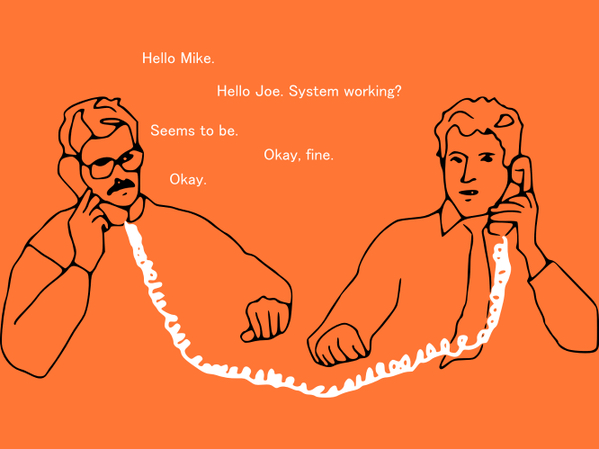Release Practices at Grio

In a previous blog post, I covered the “textbook” definition of continuous integration, along with a handful of tools and practices that fulfill or help to fulfill said definition. These tools and practices include breaking up your app into components (e.g. front-end and back-end, or, for much larger projects, using microservices), utilizing “watch” utilities locally to iteratively run tests, and choosing test-oriented frameworks (e.g. Rails, Django, Grails, etc.). However, I didn’t talk much about any specific continuous integration setup, nor some of the third-party services that go together to make an efficient release process. I also didn’t talk much about how continuous integration fits into the larger cycle of deployment and release management. I aim to cover some of those topics here, and fill in the larger picture of how CI helps to ensure code quality and stability in a software project.




